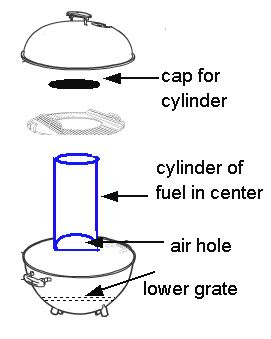I don't hate the 43g Schwebel hamburger bun, but as a substrate for pork or little burger, it fails on many counts, the worst of which is it almost instantly disintegrates when exposed to a slight excess of moisture. You'd think making your own buns would be easy, right? Not really. It's not just a squat piece of focaccia-ish bread. That's certainly an option, but it looks terrible. I wanted something with some lofty volume, soft inside and able to stand up to a moist burger or saucy bbq pork with coleslaw.
After playing with some variations, I came up with some desired specs: 2.5-3" diameter, an enriched dough but not nearly a brioche, say 15% bakers percent of fat - should give nice softness, sesame seeds on top and nearly vertical sides. The last spec sounds odd, but I hate buns that simply spread out - they look like mini ciabatta, totally unacceptable for a 'merican slider assembly.
Recipe: A little sweetener and fat as described above (maybe should've incorporated some egg, next time) should do the trick.
Size: I used the 43 g Schwebel and their ilk as a starting point for the size. I like that size. I ended up with a 60 gram dough ball which, after baking, turns into a 55 g roll. This is a nice size for a bun. One can also scoop out some middle to lighten it up if desired. The Schwebel is puffier, but that's an industrial enigma, I'll never figure out and it may contribute to its facile disintegration.
Shape: The toughest part was the vertical sides. I ended up used a packing strategy that enabled the rolls to rise and bake against each other. This allowed the sides to be straight and locked in some moisture during cooking and the appearance is cool.
These dimensions dictated 7 x 60 g units in a 9 inch diameter cake pan.
Here it is, Straight Dough: water/milk mix 180 g total (3/4 Cup), vegetable oil 20 g (1.5 tablespoons), butter 20 g (1.5 tablespoons), sugar 10 g (2 teaspoons), salt 5 g (1 teaspoon), yeast Fleischmann's instant active 7 g, unbleached white flour 300 g (2 1/4 Cups). Mix, knead, let rise (I left mine in the fridge about a day), punch down and portion in 60 g balls, round them, place in parchment-lined cake pan, let rise until shown below (ca. 1 hour), glaze with whole egg, add sesame seeds, bake at 360F convection/about 12 minutes.
After coming out of the oven
Spiffy vertical sides and soft. Yum.







